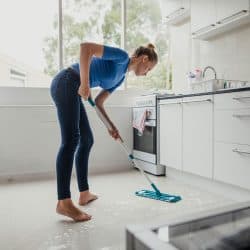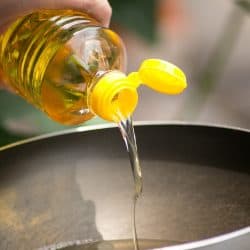Long cooking hours in the kitchen go hand in hand with fatigue, sweat, and, most importantly, potential cooking oil spills. The first instinct here is to take up an old cloth and immediately get scrubbing. However, that might be counterproductive to the whole situation. Let us evaluate the right way and materials that you should use in cleaning cooking oil spills.
To clean spilled cooking oil on the kitchen floor, you must be careful with the timing of each step. This is how it goes:
- Make the workspace safe by removing any broken glass and let the oil cool down
- Gently dab the oil with a paper towel to soak in the upper layer
- Sprinkle an absorbent material on the leftover oil and let it soak for a few hours
- Scoop out the substance left over
- Use a soap solution to clean the grease left behind
Each of the steps involved has its own significance in producing the desired results. Although it might not seem like a big deal, cooking oil can damage your floors. So, you must learn how to remove cooking oil from floors the correct way. If you are interested in finding out how to do so, keep reading ahead.
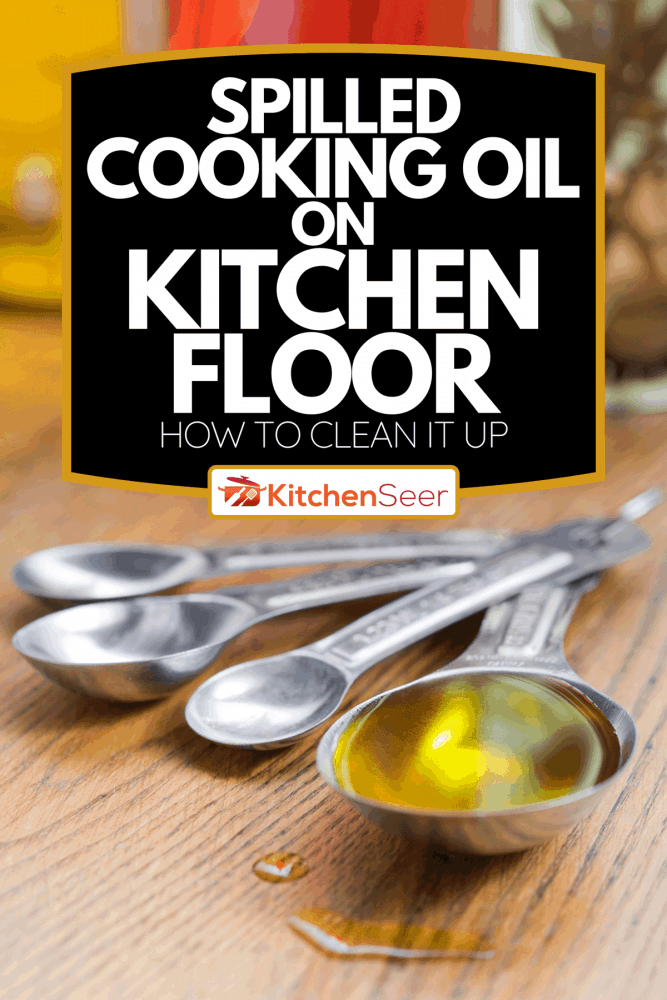
Which Is the Best Method to Remove Grease and Cooking Oil From a Kitchen Floor?
The best method to remove grease and cooking oil from the floor is to use a kitchen degreaser. Due to its chemical composition, it simply changes the state of the substance to make the removal process easy. Thus, it has wide applications in dissolving oils and greases from the kitchen to motor repairs.
Click here to see this kitchen degreaser on Amazon.
Make sure you have no food lying around uncovered when using degreasers.
What Can I Use Instead of a Degreaser?
You may use an absorbent material as your own homemade degreaser. The moisture-soaking capacity of such materials thoroughly absorbs the oil, which can then be removed by mopping the floor. The following is a detailed guide to help you.
Safety First
To ensure that you do not sustain any injuries during the cleaning process, you must act upon one vital question. Where did the oil come from? There can be many possible answers to this, each one with its own safety measures.
Suppose you dropped off the oil while transferring a pot or a fryer from one place to another. Or maybe it fell in the form of droplets from a skimmer or cooking spoon. Either way, the oil was likely hot. Thus, you must delay the cleaning until it cools down. This may result in deeper stains, but cleaning with hot oil is not only dangerous but also ineffective.
If your oil spilled because you dropped the bottle, you might have broken glass all over the floor. You must first remove the glass for a safe and effective cleaning process.
- Wear thick shoes, garden gloves, and grab some tongs to pick up the large pieces. Do not wear rubber gloves. The glass may potentially cut through them.
- For the leftover shards, dampen a paper towel or a piece of bread and carefully press it down.
- Any glass that comes in contact with it will immediately stick onto the surface.
- Wrap the glass in a newspaper and dispose of it.
Using Absorbent Materials
Get an old rag or a dish towel and gently place it atop the oil. With your hand, exert light pressure on the surface and gradually begin dabbing it. The force will cause the upper layer of oil to soak until there is room. Once the towel stops absorbing, do not replace it with another.
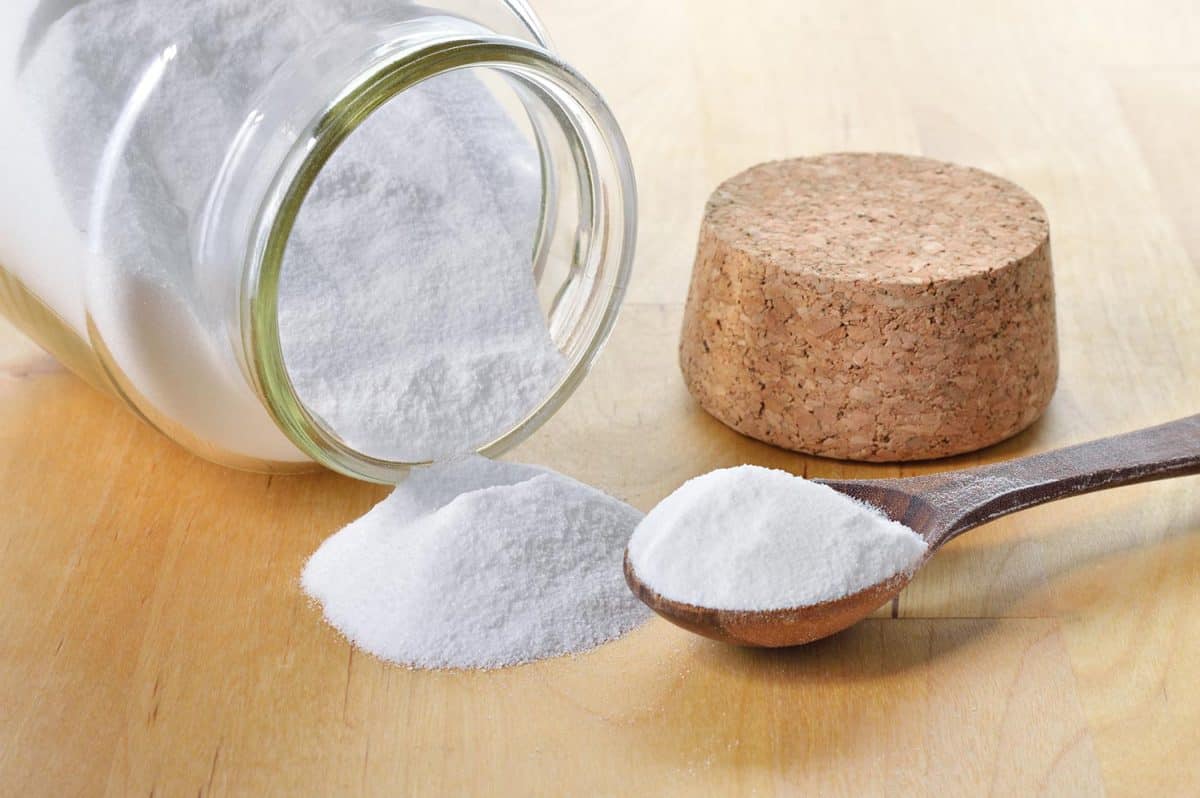
The leftover oil will need a chemical presence to come off without staining. For this purpose, absorbent materials like baking soda, salt, starch, kitty litter, or acetone are your best bet. Sprinkle them all over the oil surface. Let them soak the oil in for at least an hour before proceeding.
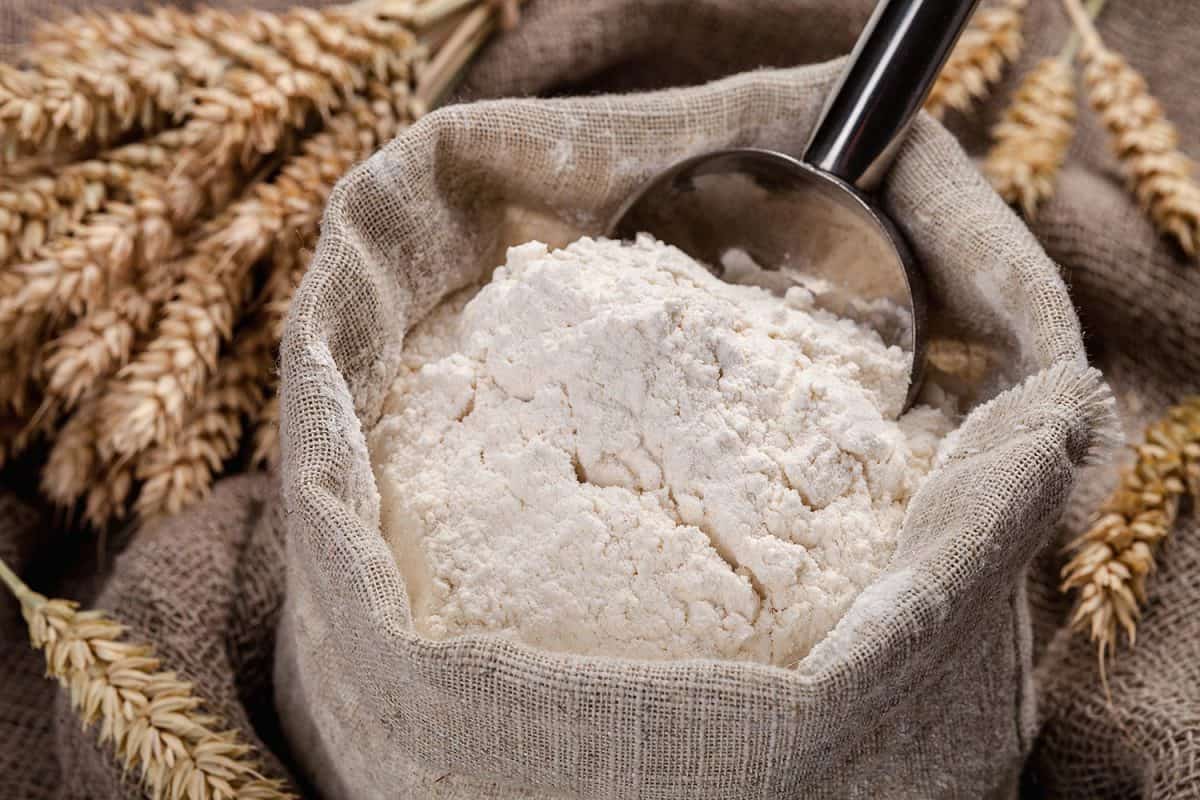
You must repeat this step as long as the oil retains its density. Another alternative to chemically absorbent materials can be flour, as users of the technique report equally effective results with it.
Cleaning the Residues
Now that your absorbent material has soaked in the oil, you must remove the mixture altogether. Use a dustpan, a spatula, or even a simple spoon to scoop away the substance. Keep in mind that exposing water mops or vacuum cleaners is discouraged at this stage.
Once the floor is clean of oil, there will be grease left behind. You may use soap or detergent of your choice combined with warm water to scrub it out. You may also reuse bread or towels at this stage. However, the lack of moisture may affect the extent of how you will dispose of the residues.
After the floor has dried clean, vacuum the surface to ensure no glass or material is left behind.
Dealing with the Stains
If you immediately began treating the oil spill and were gentle with the scrubbing, you will likely not get oil stains. Should you still get an ugly grease stain, you can clean it off using the following method as suggested by many users.
- Heat one cup of water in a pan. Do not boil it, or it will melt the container you will use to store it.
- Mix in some caustic soda once it cools down a little, and put it in a nozzle spray bottle.
- Sprinkle over the affected area repeatedly, giving it a while to soak each time.
- Rinse the surface with water after the stain removal to get rid of any leftover substance.
If you need visual guidance, here is a YouTube video to help:
How Do You Clean Olive Oil Off a Kitchen Floor?
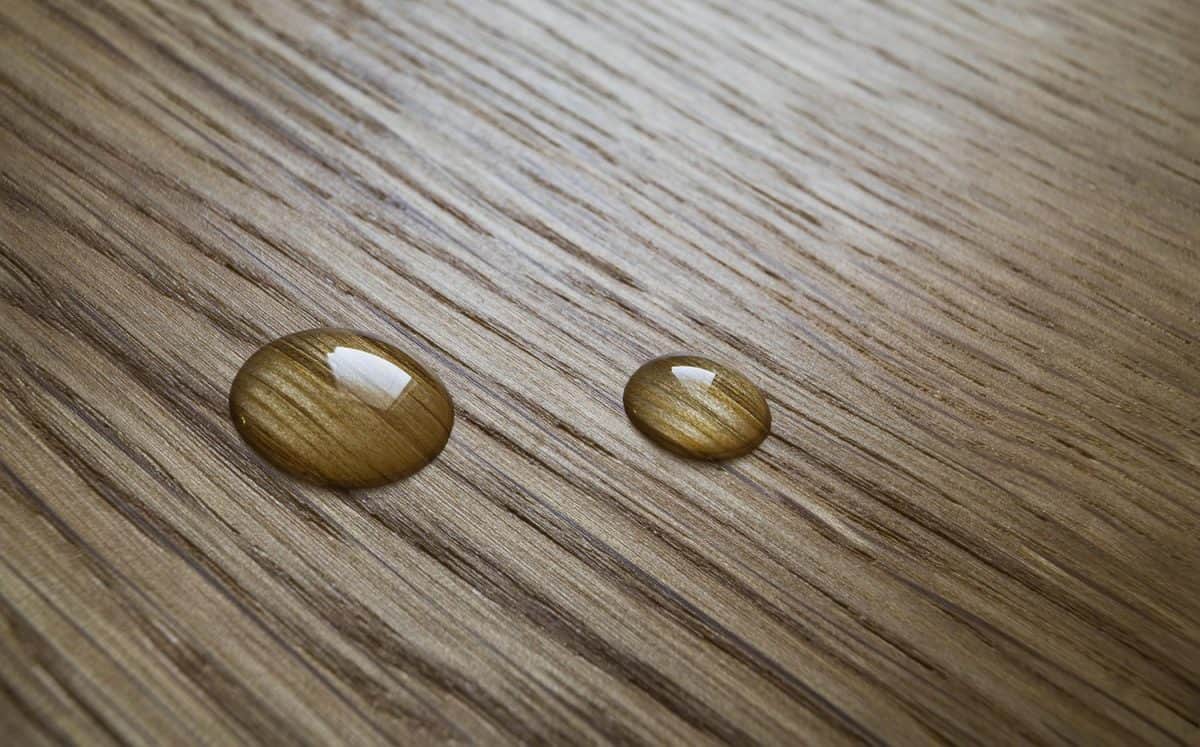
If you want to clean olive oil off the kitchen floor, the process remains somewhat the same. However, the antimicrobial capacity of vinegar is highly beneficial, particularly for olive oil.
Things Needed
To do so, gather the following pantry staples:
- White vinegar
- Dish soap
- Water
- Paper towels
Process
Before using a cleaner, try soaking in the upper oil layer with a slice of bread or paper towel first. Never forget that vinegar is a highly acidic substance. Thus, each time you use it as a cleaner, either dilute it with water or neutralize it with a base. In this case, we will be doing both.
- Mix 1 gallon of water and a cup of vinegar with 2 tablespoons of dish soap. This diluted mixture is safe for your kitchen floor. Yet, acidic enough to soak in the olive oil.
- Do not directly pour the mixture onto the oil. Take up a paper towel or a rag and dip it into it. Then, dab the towel on the floor gradually until all of the oil is soaked in.
- Lastly, clean the residue grease with a soap solution or a clean paper towel.
How Do You Remove Cooking Oil from Vinyl Flooring?
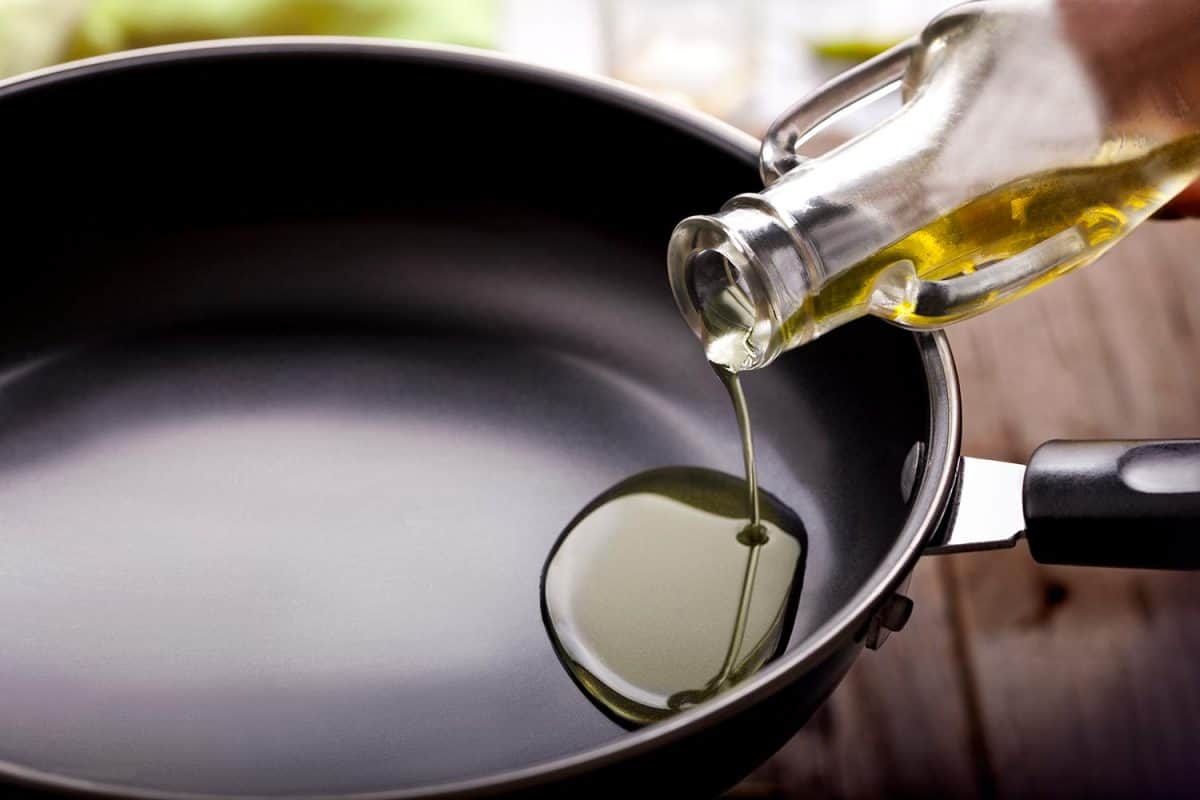
To remove cooking oil from vinyl flooring, begin with absorbing the layer with a paper towel. Next, sprinkle an absorbent and let it soak. The hardest part of vinyl flooring designs is cleaning up the residue.
Should you leave the floor as it was after soaking in the oil, you will likely end up with stained vinyl flooring. Here are a few ways by which you can remove cooking oil thoroughly after the floor has soaked the oil.
- Use a soap solution for mild oil spills. Wash with clean water first, and rinse again with it after using the soap solution.
- Use diluted apple cider vinegar on the surface. Make sure to remove all the previous absorbent particles. Otherwise, they will interfere with ACV’s chemical effect.
- Use a vinyl cleaner, preferably one that your manufacturer suggests for your floor type. However, a quality generic version may work too. After application, spend a good 10 minutes scrubbing each part of the spilled area for effective results.
Click here to see this vinyl cleaner on Amazon.
Final Takeaway
The next time you find yourself facing an oil spill, rather than panic, attack! Immediately start the process, be patient and let each step have its time to show the best results. We hope you found the article insightful!
Before you go, are you thinking about remodeling the kitchen? Do you need to know how to paint the kitchen floor? If you would like to find out more, check out our post here.
Are you having trouble preventing your trash can from sliding on the floor? We can give you some ideas! For more information, check out our post here. Until next time!



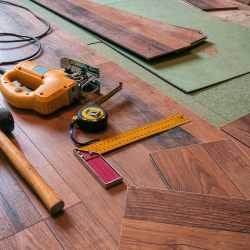
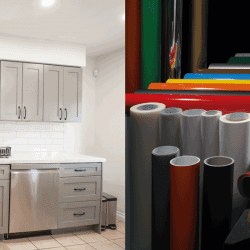

![Low angle view of a man mopping the floor in his kitchen, How To Make Kitchen Floor Less Slippery [With 5 Simple Methods]](https://kitchenseer.com/wp-content/uploads/2021/08/Low-angle-view-of-a-man-mopping-the-floor-in-his-kitchen-250x250.jpg)
